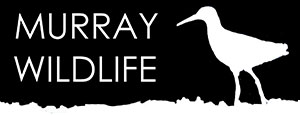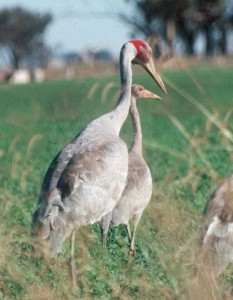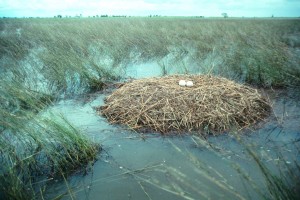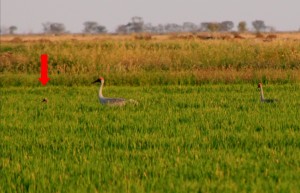Brolgas
Brolgas (Grus rubicunda) are still common across much of northern Australia, but they’re a threatened species in New South Wales, Victoria and South Australia. These majestic birds appear to be recovering quite well after the damaging decade-long drought. The number of young birds seen at non-breeding flocking sites in 2012 and 2013 were the highest recorded for many years. In the southern states, Brolgas are closely associated with farms on the plains because this is where their preferred shallow wetlands tend to be. The plight of southern Brolgas lies largely in the hands of landholders.
The guide below is for landholders in south-eastern Australia who are keen to learn more about Brolgas and what they can do to help them.
Brolga Breeding Habitat-A Guide To Managing Wetlands On Your Farm- 2nd Edition 2018
Below is a report from the 2003-2005 Arthur Rylah Institute study
Threatened Species and Farming: Brolga – Management of breeding wetlands in northern Victoria
The Ozcranes website is an excellent hub for information on Brolgas …
Pictured here is an adult with a 2-month-old chick from a farm dam breeding site near Yarrawonga, and an active nest in a remnant Canegrass wetland near Urana.
BROLGAS BREEDING IN RICE CROPS (2013)
It’s a rare event. I’d heard about it but until this year I hadn’t seen it for myself. There they were – a pair of Brolgas that had bred in a rice crop. The landholders were delighted, as was I. In the New South Wales Riverina, the 2012-2013 season amounted to more than 100,000 hectares of rice. And that amount isn’t unusual outside of drought.
So why don’t Brolgas breed in rice crops more often? By the time there’s sufficient material to build a nest (late November – early December), it might be too late in their season. Is there a lack of tubers from native waterplants like Eleocharis spike-rushes that they love to eat? Maybe they breed in rice crops more than we realise. Can we encourage Brolgas to make better use of these agricultural wetlands? So many questions, so much work to do!
The Bitterns in Rice project, a collaboration between Birdlife Australia, the Rice Growers’ Association of Australia and other organisations, is developing rice-growing guidelines that will benefit the globally endangered Australasian Bittern. Along the way, we hope to incorporate the conservation of Brolgas and other threatened waterbirds like the Australian Painted Snipe.
This short article first appeared on the OzCranes website.




